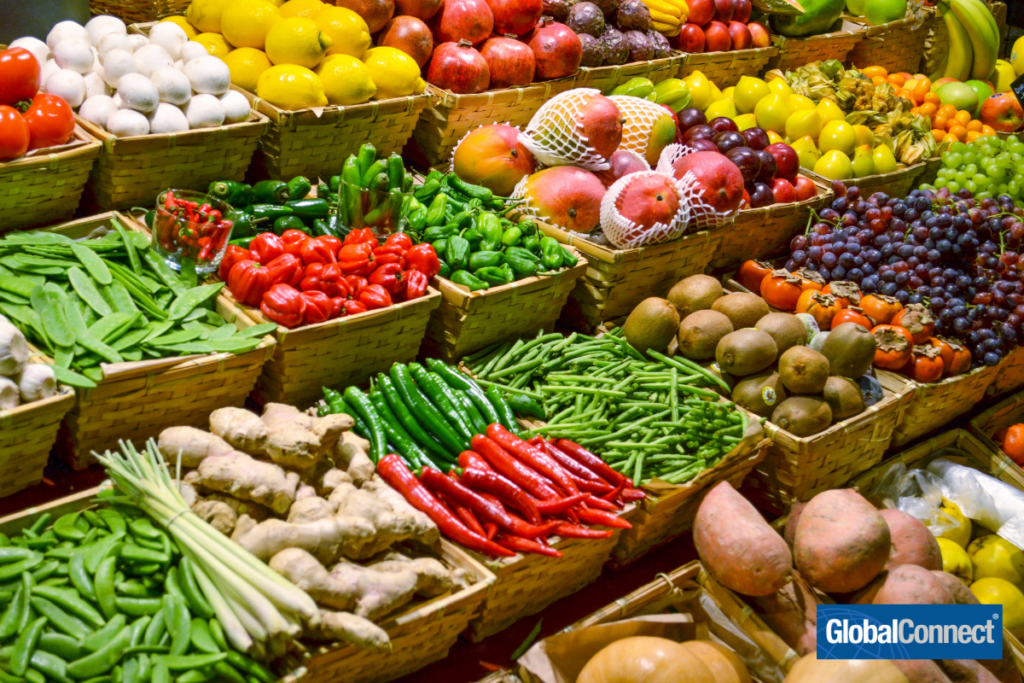No one wants to go to the grocery store, buy produce for the week, and get it home only to realize much of it isn’t ready to use yet, or it is overripe and can’t be used. Knowing how to pick ripe produce is a simple-to-learn skill that can help you get the most out of your grocery trips.
The ways to determine ripeness can be quite different for many fruits and vegetables, and you will need to involve most of your senses to know for sure. Checking the color, feeling the texture, and smelling some of your produce goes a very long way toward helping you determine that perfect ripeness.
We have compiled a list of produce items and quick tips for determining their ripeness to help you make the most educated decisions when shopping.
Blueberries: Dark and uniform color with a slight frosty sheen, plump and firm, and slightly sweet smelling. If there’s mold visible on the berry or if it’s overly mushy, it’s best to avoid it.
Citrus (lemons, limes, oranges): smooth, almost shiny skin; gives off a noticeable citrus smell when sniffed closely. Avoid any that have bruises or soft spots.
Nectarines and peaches: Fragrant, gives a bit when squeezed, should have no bruises or wrinkly skin.
Watermelon: The best way to know if watermelon is ripe and sweet is by looking for “bee stings” which are tiny spots of a black tar-like substance that are left from when bees tried getting to the inside of the sweet melon. If you can’t find any bee stings, then look for a yellow spot on the fruit where it rested while growing (the “ground spot”).
Pineapple: Dark green leaves, leaf easily pulls out of the center, smells sweet near the stem, and is heavy for its size.
Avocados: If you don’t mind waiting a couple of days to use your avocados, the best way to buy them is while they are still very firm, and let them sit out on your countertop to ripen. You can buy them when they give slightly when squeezed; just check more diligently for soft spots/bruises as some are hard to notice.
Herbs/lettuces/greens: Should be vibrant and unbruised, with no sign of wilting. Avoid any that have black spots or slimy texture. For heads of lettuce, they should additionally have decent weight for their size.
Tomatoes: Firm to the touch with gentle give, should not have deep bruising or wrinkly skin, and should have a fragrant smell.
Potatoes: very firm, not sprouting, no soft spots or foul smell.
Cucumbers: should feel heavy, no soft spots, smooth skin and slightly glossy.
Eggplant: smooth with naturally glossy skin, rebounds when gently squeezed, fresh stem and cap still on. Avoid if spotted or shriveled.
Peppers: Firm, no soft spots or wrinkles, bright and vibrant, while mostly uniform in color.
Onions: No soft spots, dry skin and roots intact, firm and heavy for its size.
Sugar snap peas: Bright green color, crisp and crunchy, no bruises or brown spots.
Garlic: Plump and firm, no soft spots or green sprouts.
The list above is just a snapshot of what to look for in many common produce items, but it is a great starting point for learning how to pick the perfect ripeness.
